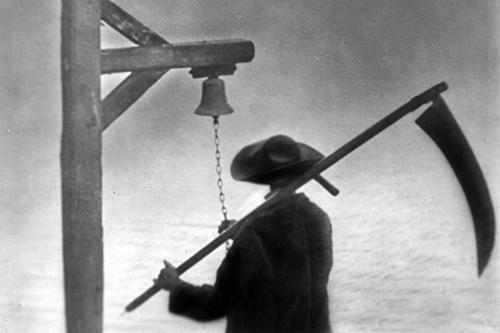Uncanny in its discontinuities, a movie dedicated to working against all generic expectation, Carl Theodore Dreyers vision of the undead (as well as his first talkie), Vampyr (1932) is also his most radical film. It concerns a confused young man (his producer) who stumbles across a conspiracy of vampires in a small European town. Actually, confusion is globalized: Vampyr has few establishing shots and many abrupt cuts. Some characters unexpectedly leave and re-enter the frame. Others are simply disembodied. Everything is unstable, nothing is ever really explained. Vampyr is uncanny not because of its subject matter, but because of its utter strangeness as film. It’s one of the great avant-garde narratives of movie historyas well as movie you can never see the same way twice. Everett Herald critic Robert Horton will introduce the film, which has parallels to the German romanticism on view in the Frye’s ongoing show Séance: Albert von Keller and the Occult. (NR) J. HOBERMAN
Sun., Oct. 31, 2 p.m., 2010




